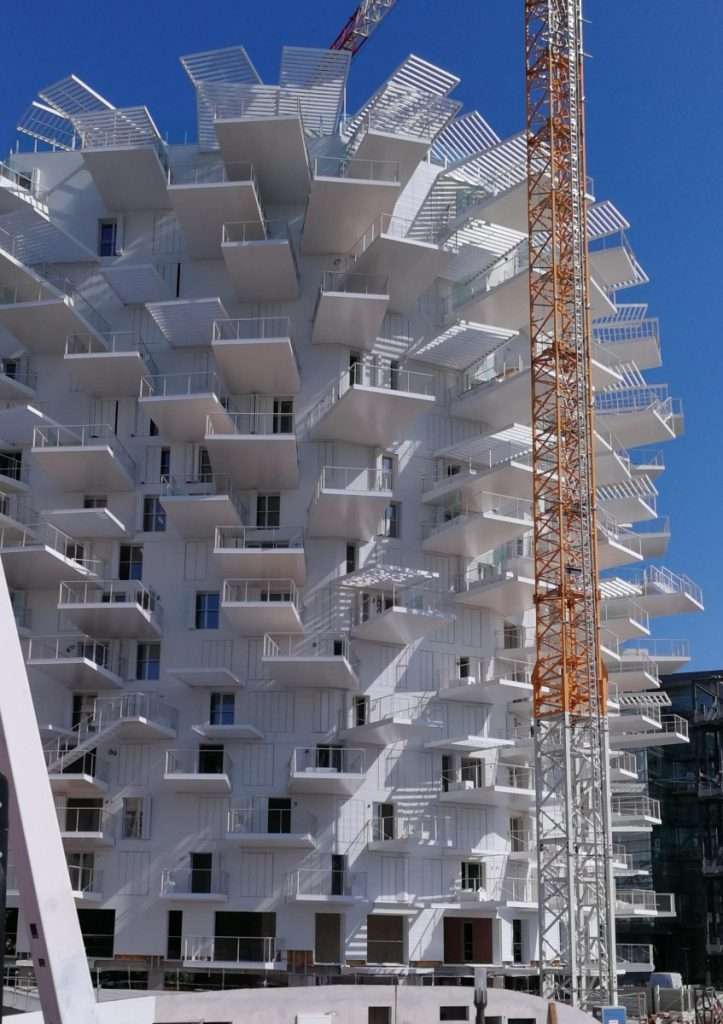October 8 2020
Alternative Products
Alternative Products from Algae
Algae Biomass Summit 2020 discussed Alternative Products from Algae. This session was moderated by Lieve Laurens, National Renewable Energy Laboratory. Dr. Laurens opened with the introduction:
What makes algae so remarkable? One aspect would be the creativity of the algae community to identify novel algae products, especially when it comes to product commercialization. Some of the credit for this can be attributed to the amazing diversity of algae species. This level of biomass production is what algae visionaries used to dream about in the 1790’s. A combination of market penetration, and product expansion of products that are already available such as food supplements, lowering the cost of production, and the discovery of novel products combined to create the successful market for alternative algae products that we can enjoy today!
Lets look at Wil Srubar’s presentation. Dr. Srubar is an associate profession at the University of Colorado Boulder. He is the principle investigator of the living materials laboratory. Their mission is to integrate biology with traditional building material science and create biological and even living materials for the built environment. His presentation was on:
Photosynthetic Engineered Living Materials for Construction
Civil eningeers are responsible for the design, contraction, and maintenance of the built environment. With projected populatio growth, the materiality of the built environment will have a huge impact on the environment. Did you know that concrete is the second most consumed material on earth, right after water? Steel and concrete production is responsible for >11% of our global greenhouse gas emissions. This doesn’t have any sign of slowing down, which makes materials we use today matter even more.
The group that Dr. Scrubar works with focuses on engineering biomimetic and living materials for the built environment. Focusing on low carbon and carbon storing biomaterials, primarily from plants, algae, and biominerals produced by living organisms.
Dr. Scrubar’s Living Materials Laboratory tries to blur the line between the built environment and the natural environment using bio material approaches. Did you know humans have been building with biomaterials for centuries? That right, think of the forest – 2X4’s plywood, etc. that’s where we find our timber! This is great, but growing trees to size can take years, or even decades.
This is where the Living Materials Lab has asked “what if we can program bacteria to grow carbon negative building material instead.” What’s the advantage of using this photosynthetic bacteria, which is algae, or cyanobacteria? There are many benefits – less time, less land use, they’re carbon storing in their biomass as well as biominerals.
Why Algae?
There’s so much potential that’s already been demonstrated at commercial scale. These examples include pharmaceuticals, nutraceuticals, antioxidants, fuel, food, fertilizer, and the list goes on. In today’s world we’re able to leverage those developments and apply them to building materials. Hi lab has found that some strains of cyanobacteria, called stromatolites, that exist today grow minerals as strong and tough as concrete. How amazing is that! They have even been exploring using their materials on the moon as well as Mars. This research is extremely bleeding edge and their team is paving the way toward the realization of genetically programmable materials and architectures. If you turn to Google and search algae architecture you will be surprised by the many results that appear.
If you’d like to learn more, please follow up with Dr. Scrubar and his Living Materials Lab.
- Fengzheng Gao Wageningen University & Research
- Wil Srubar Associate Professor, University of Colorado Boulder
- Jongrae Kim Postdoctoral researcher, Hanyang University
- Wei Liao Michigan State University

